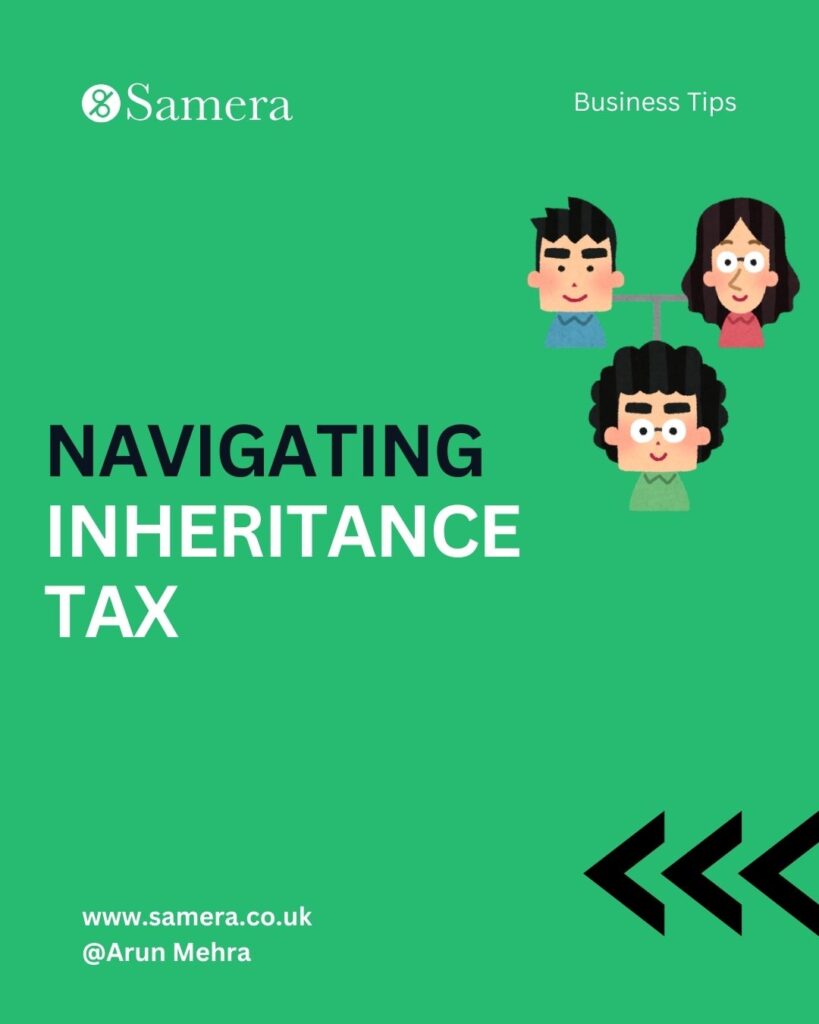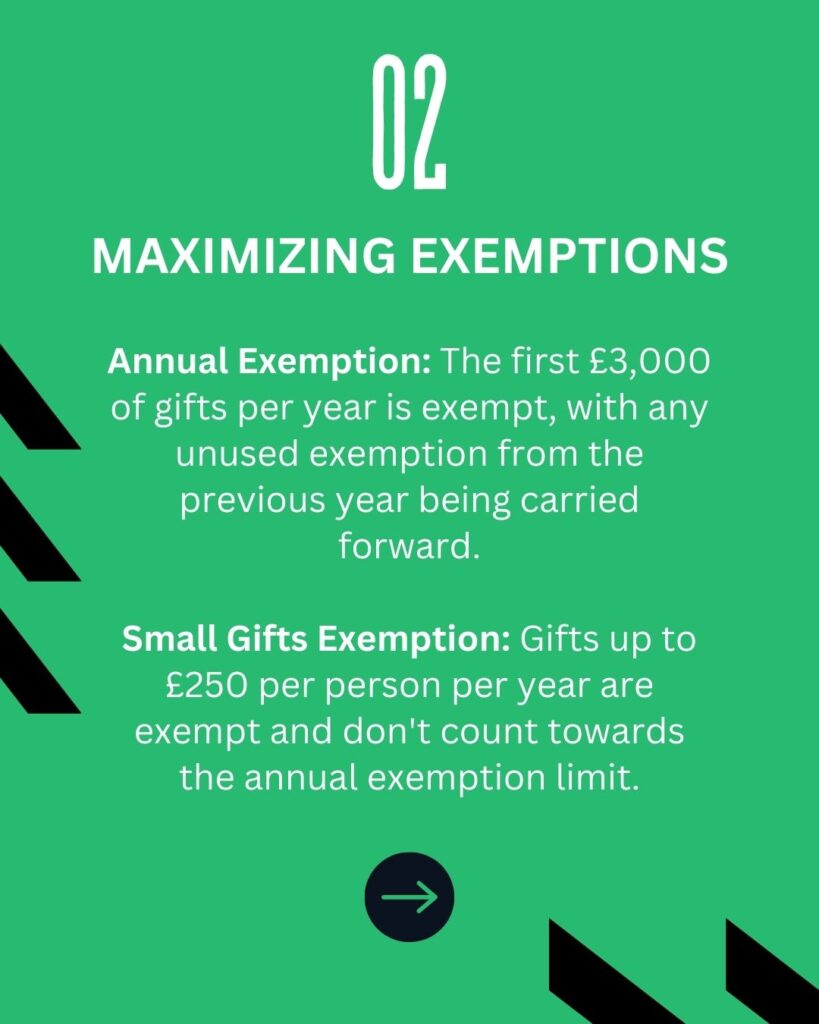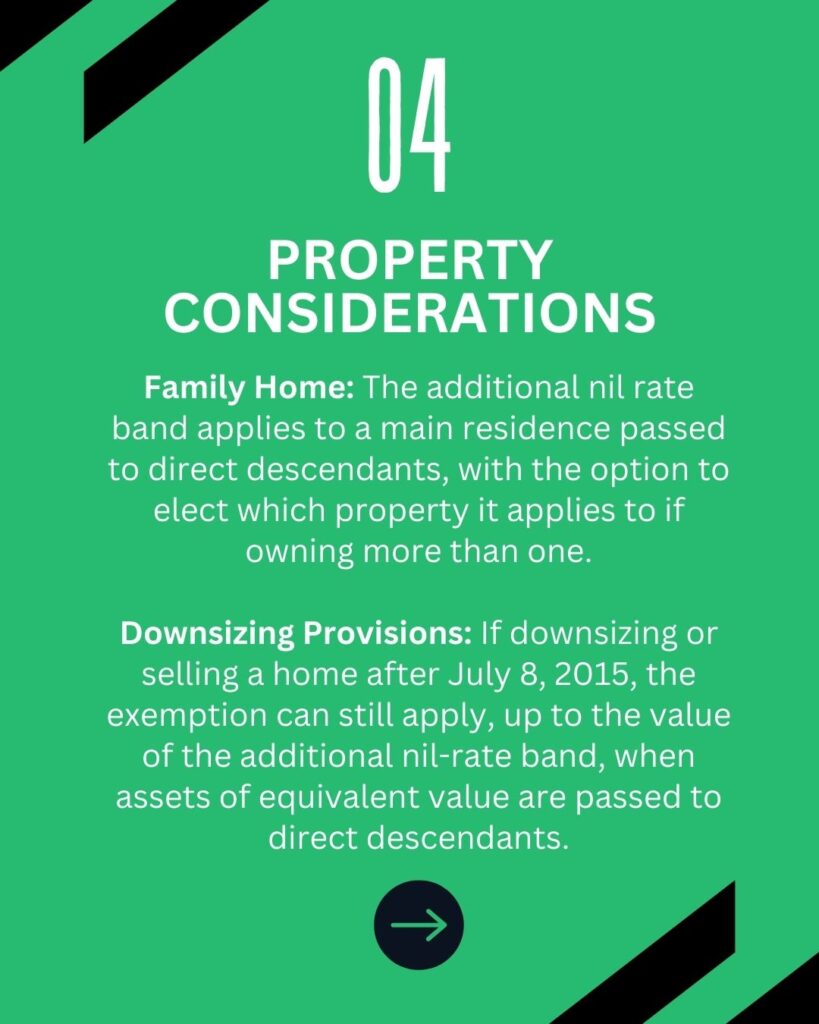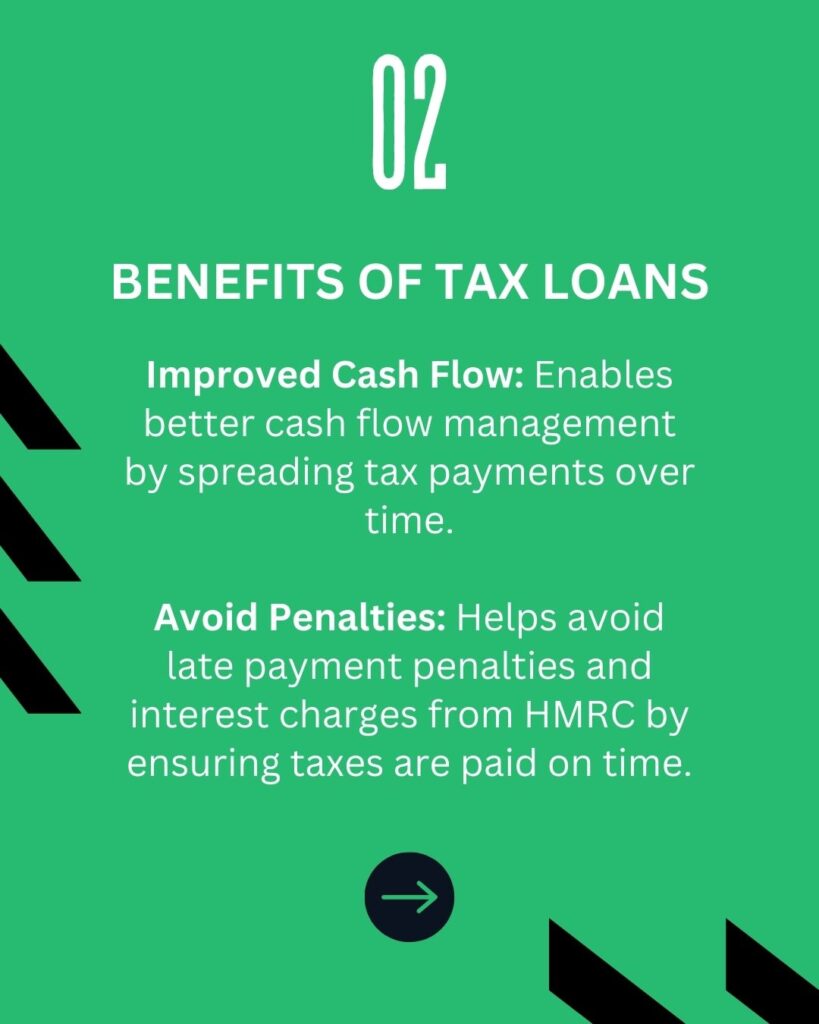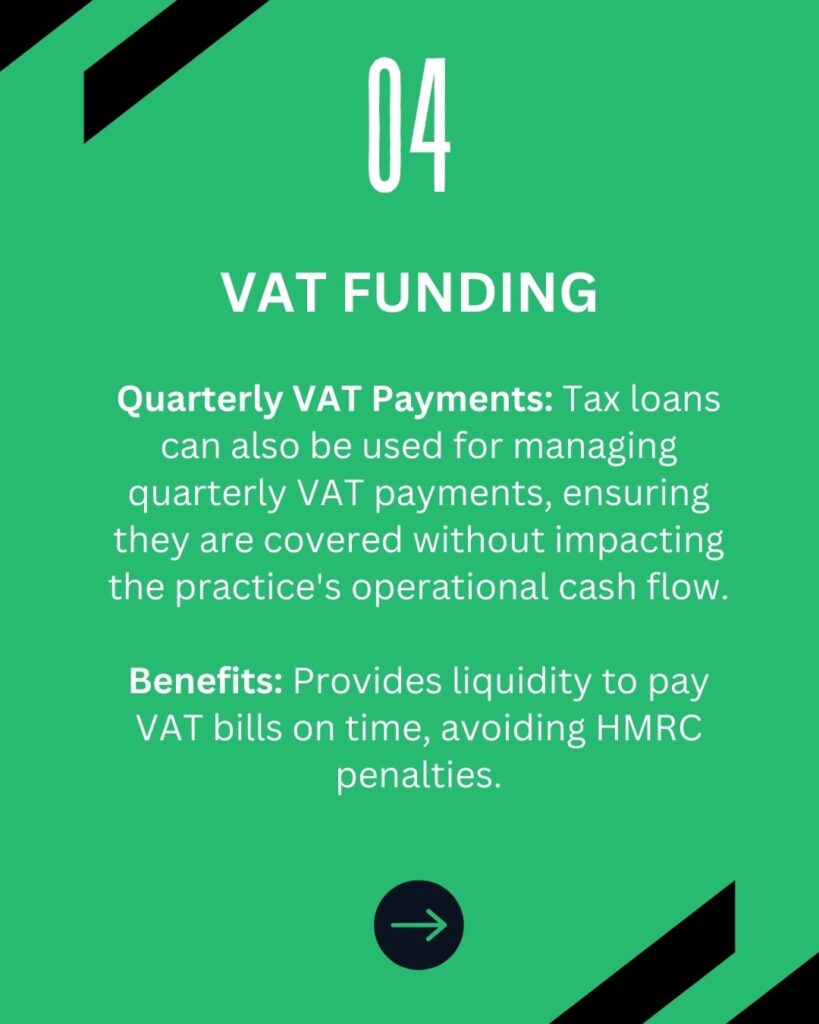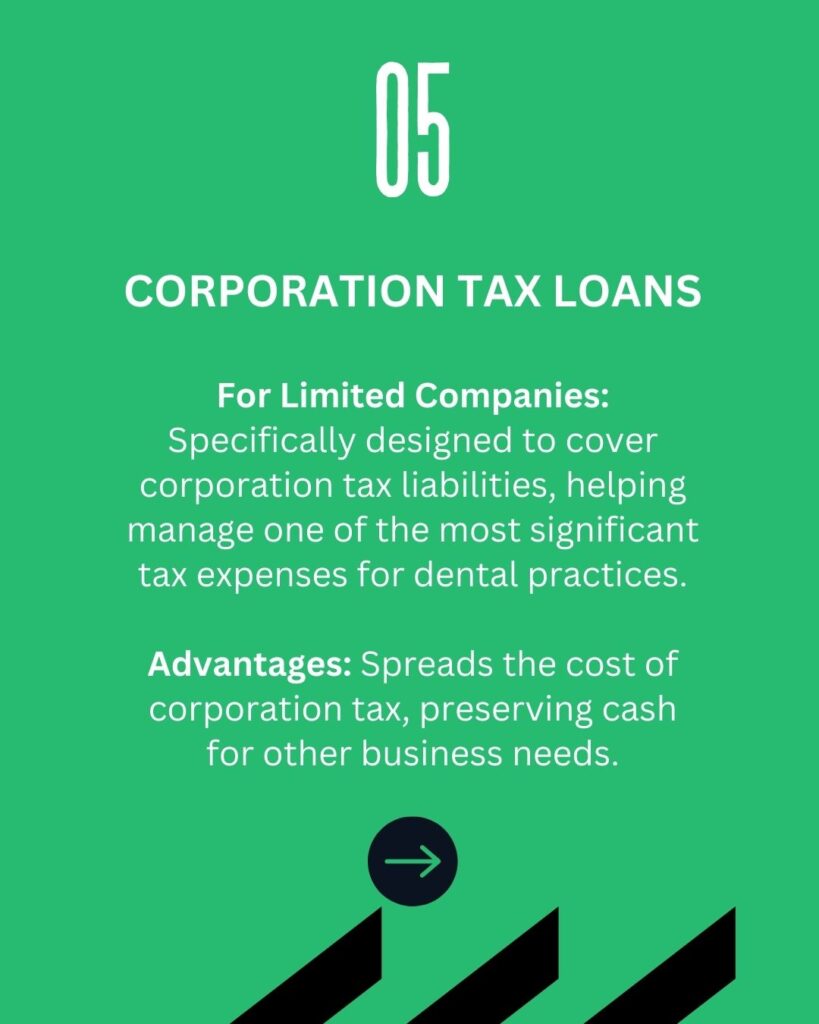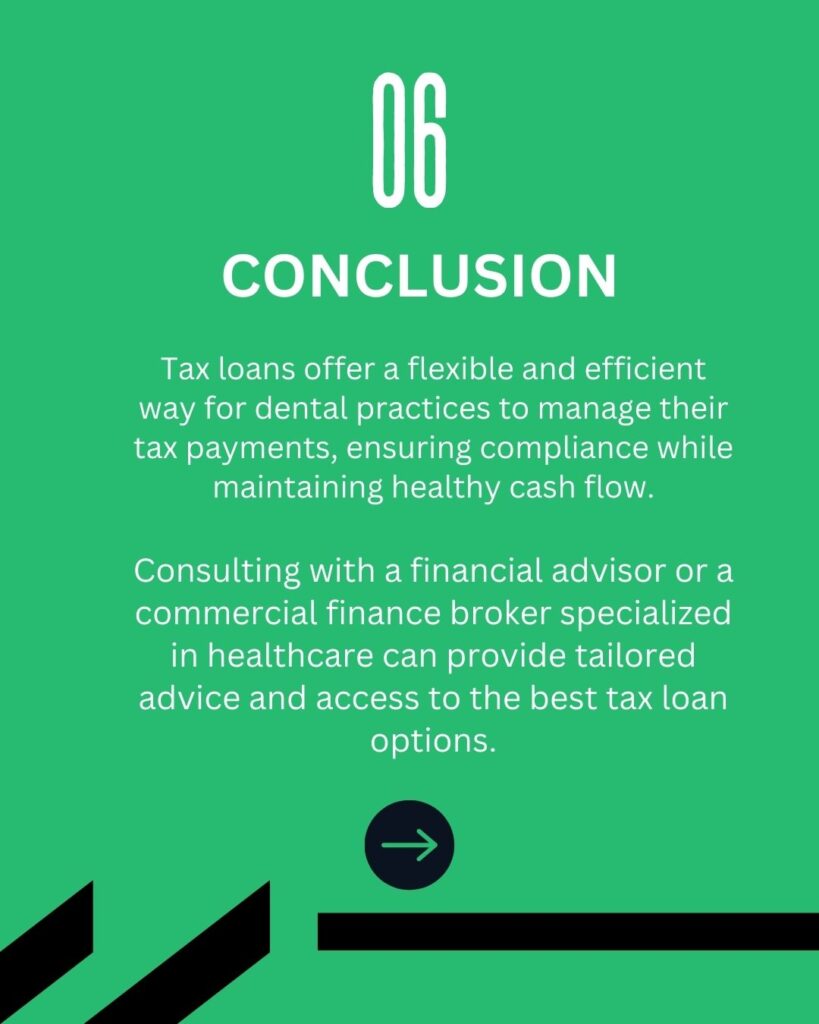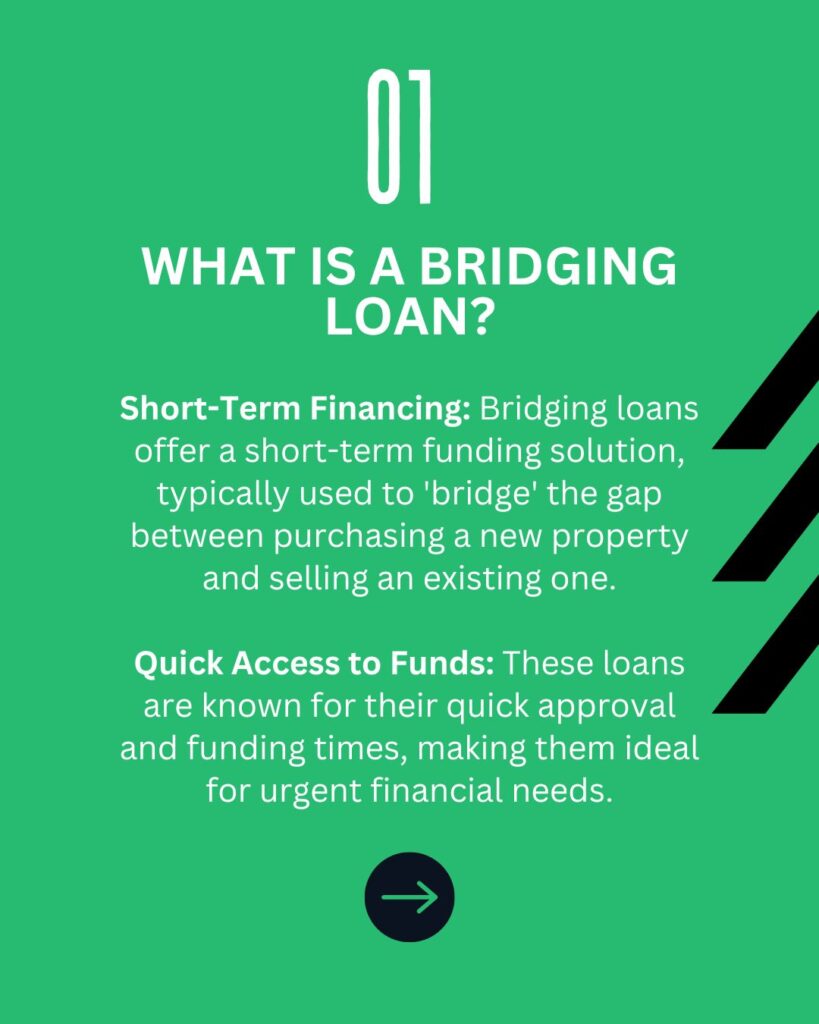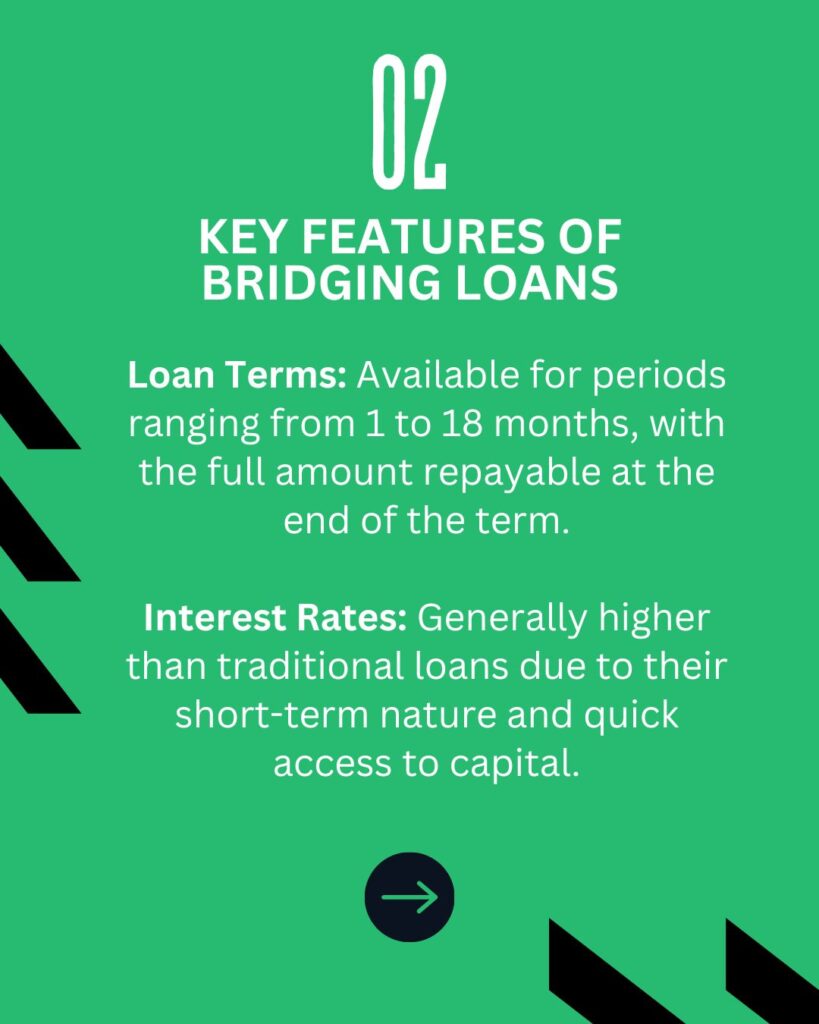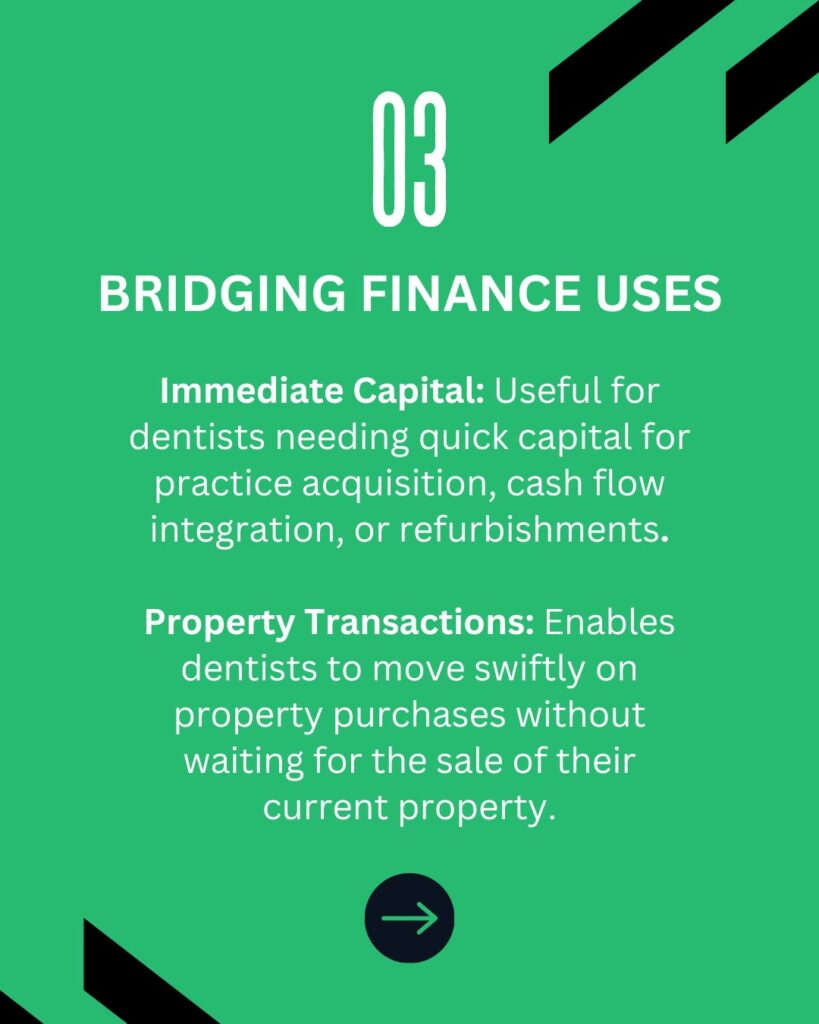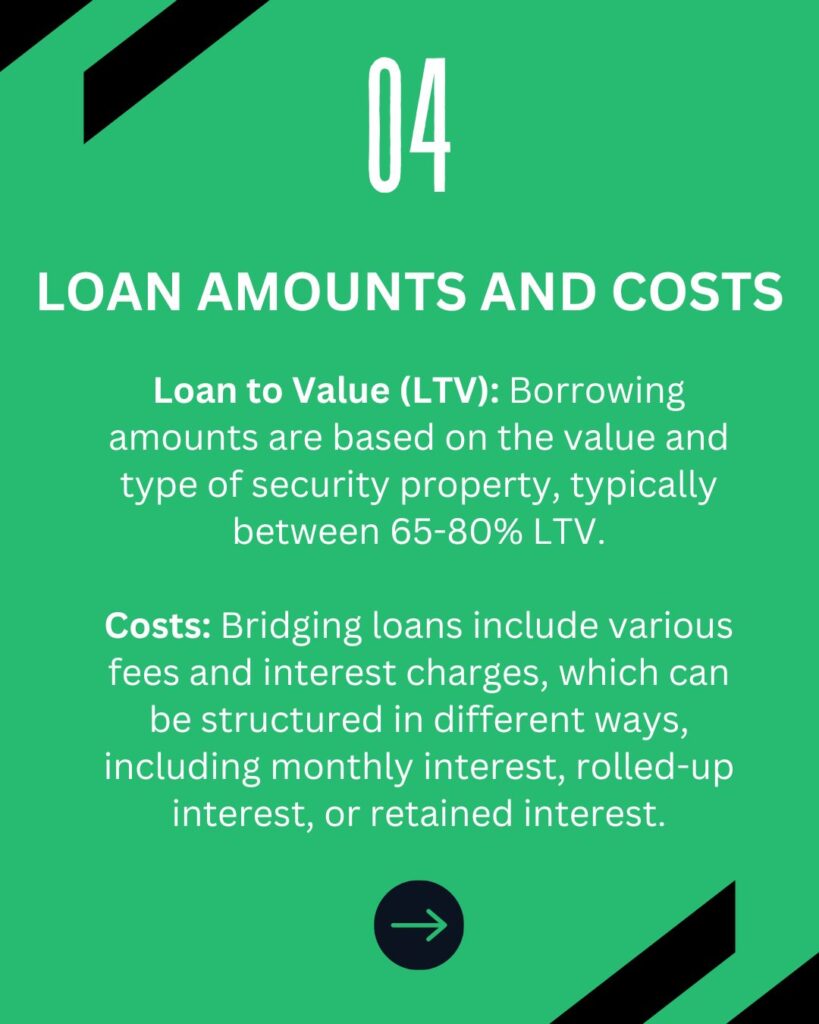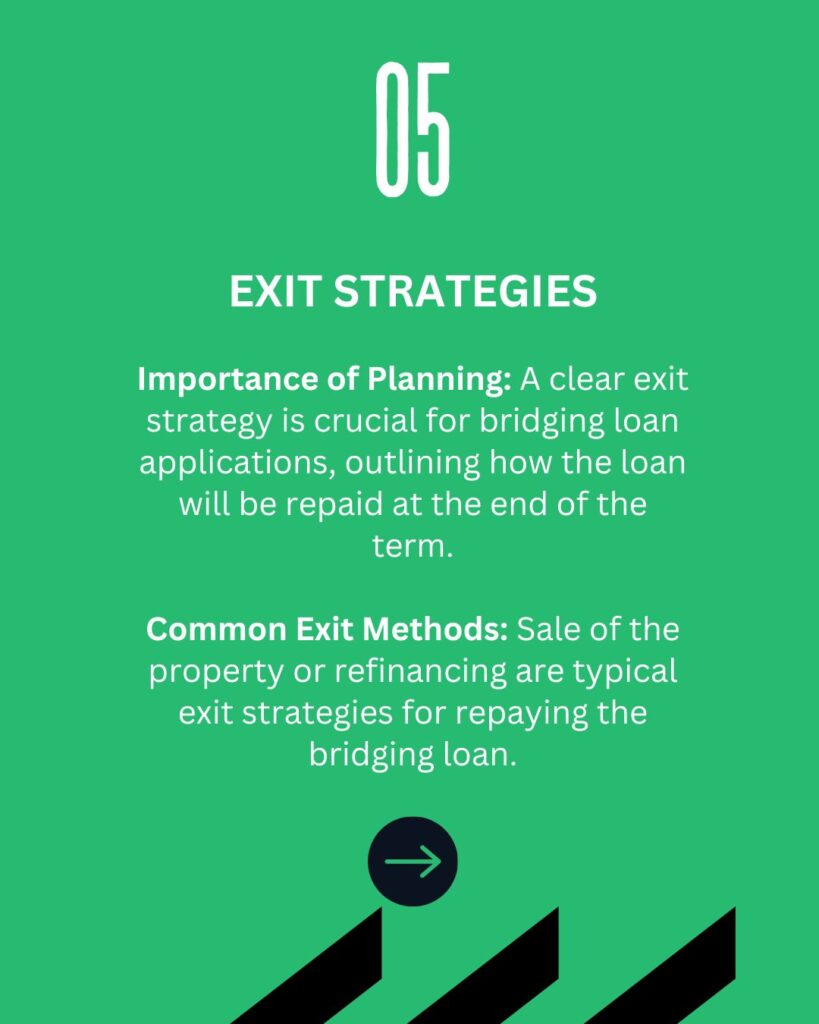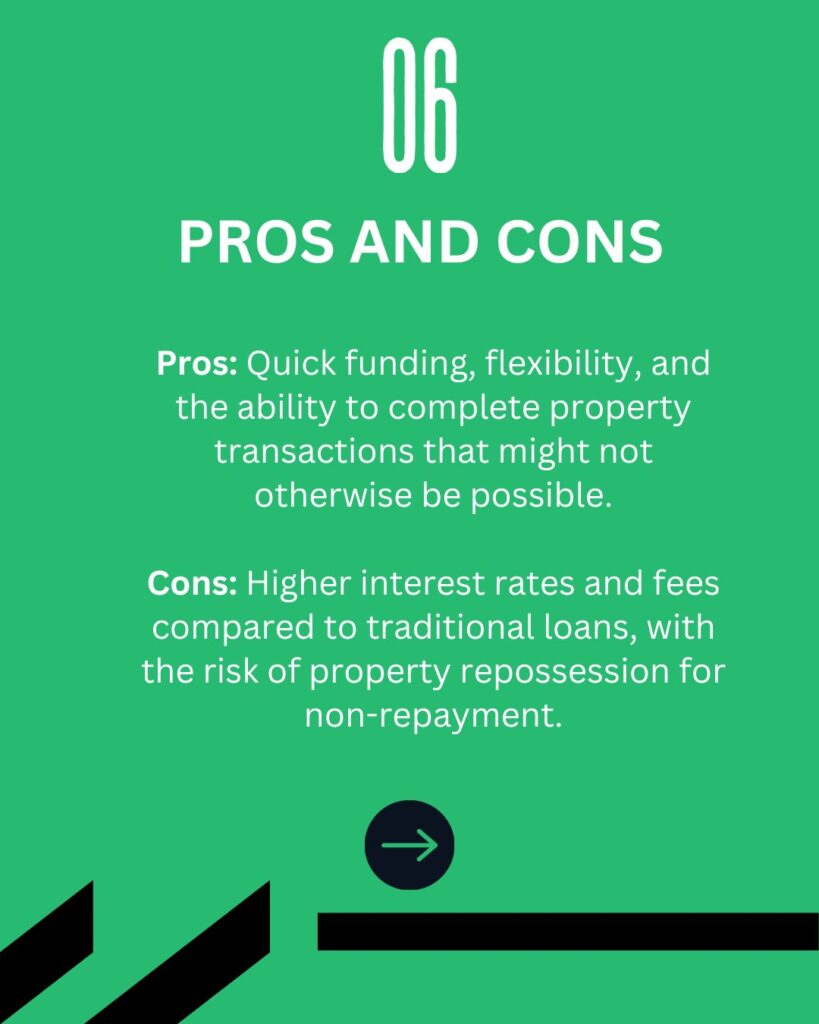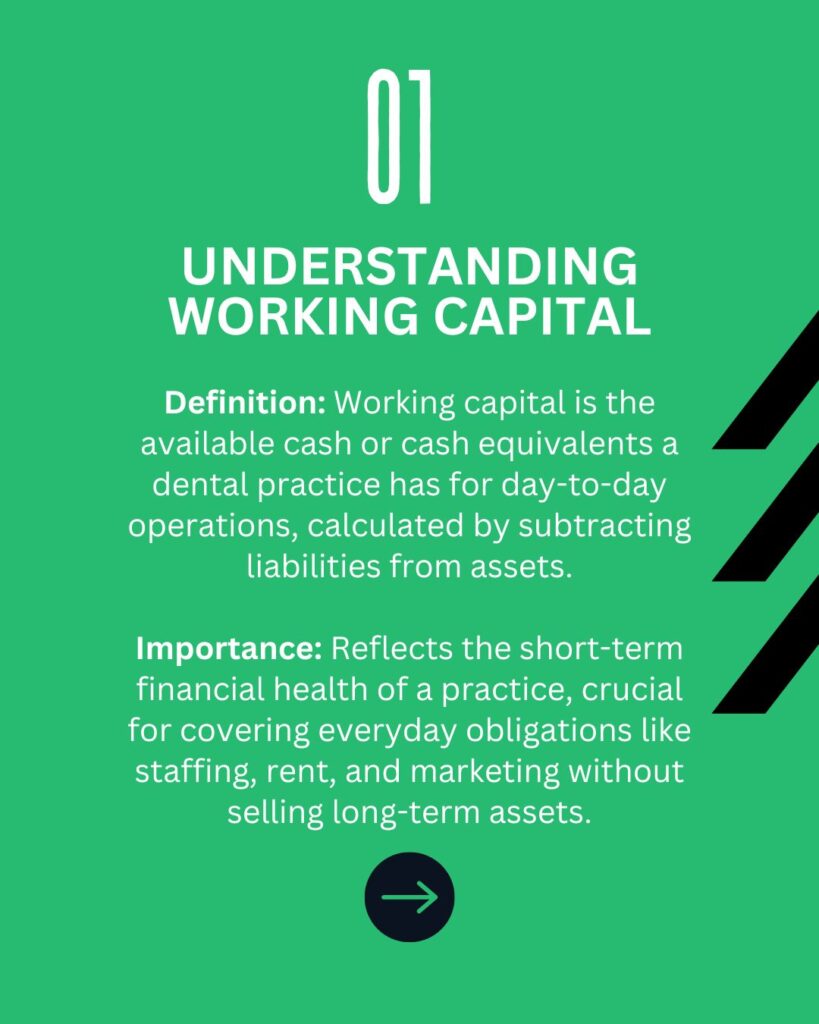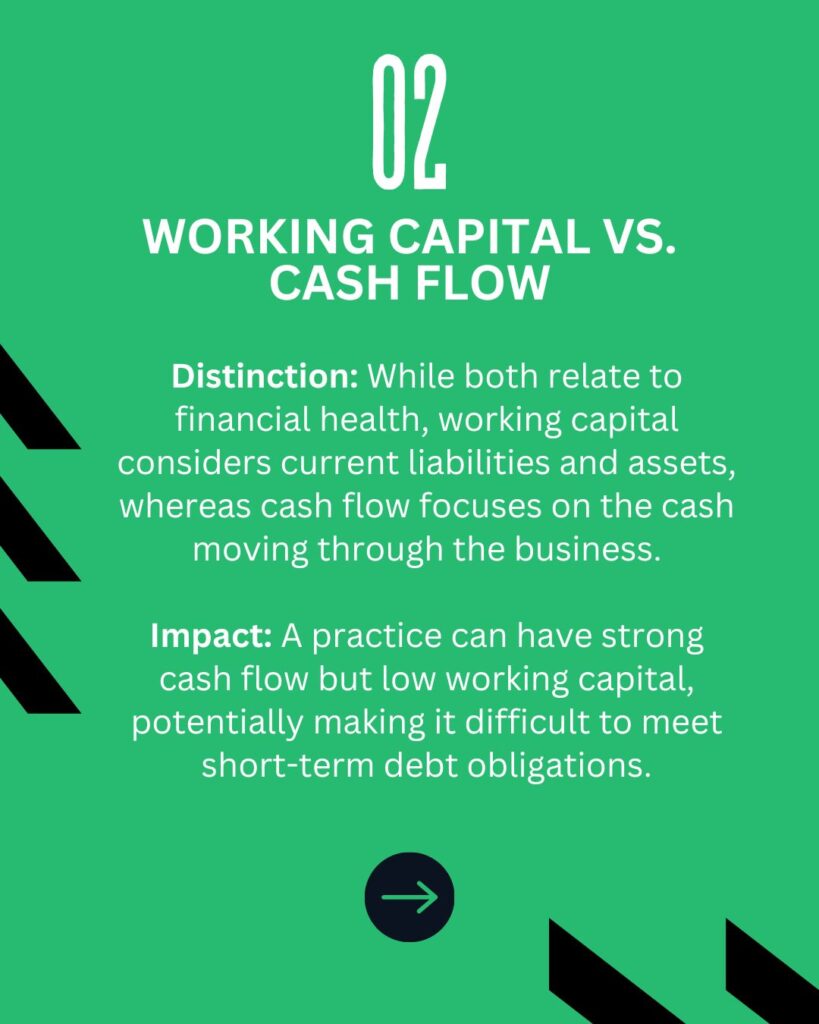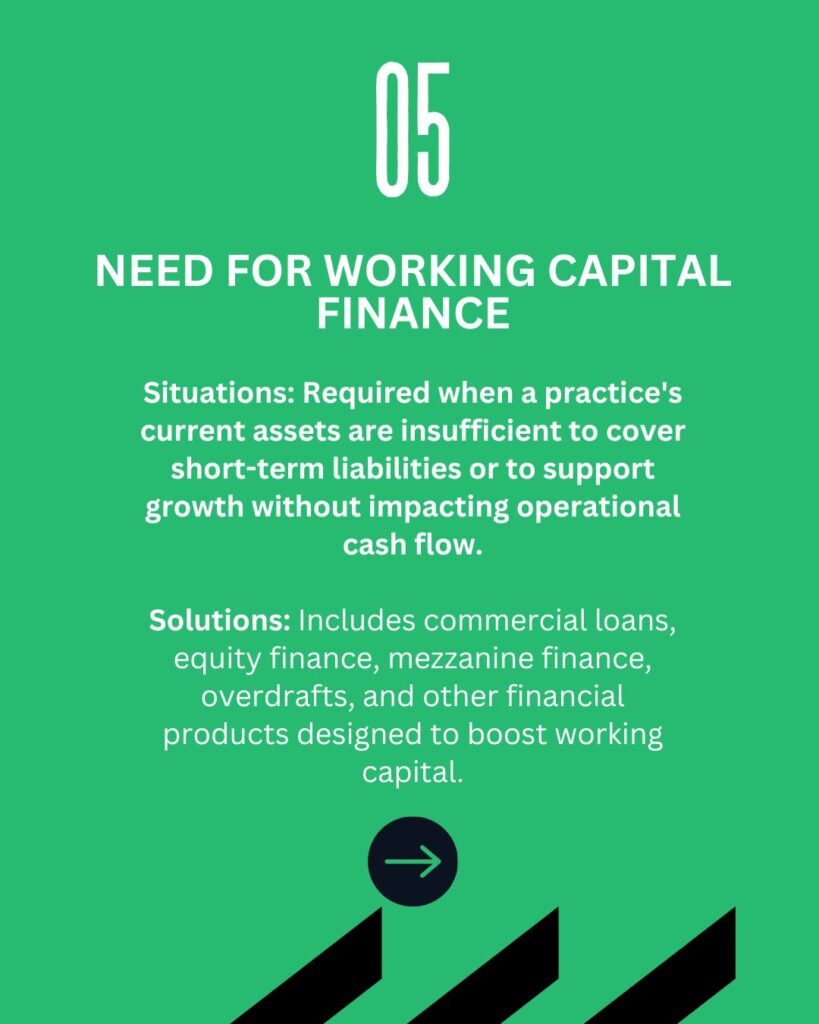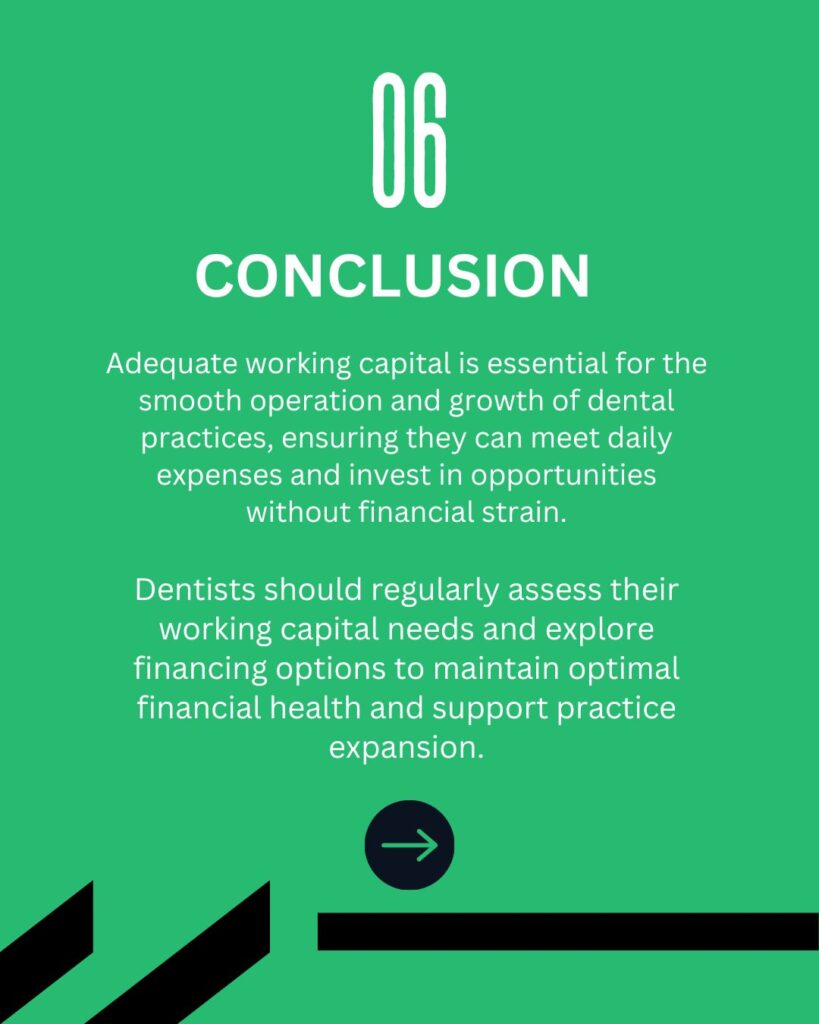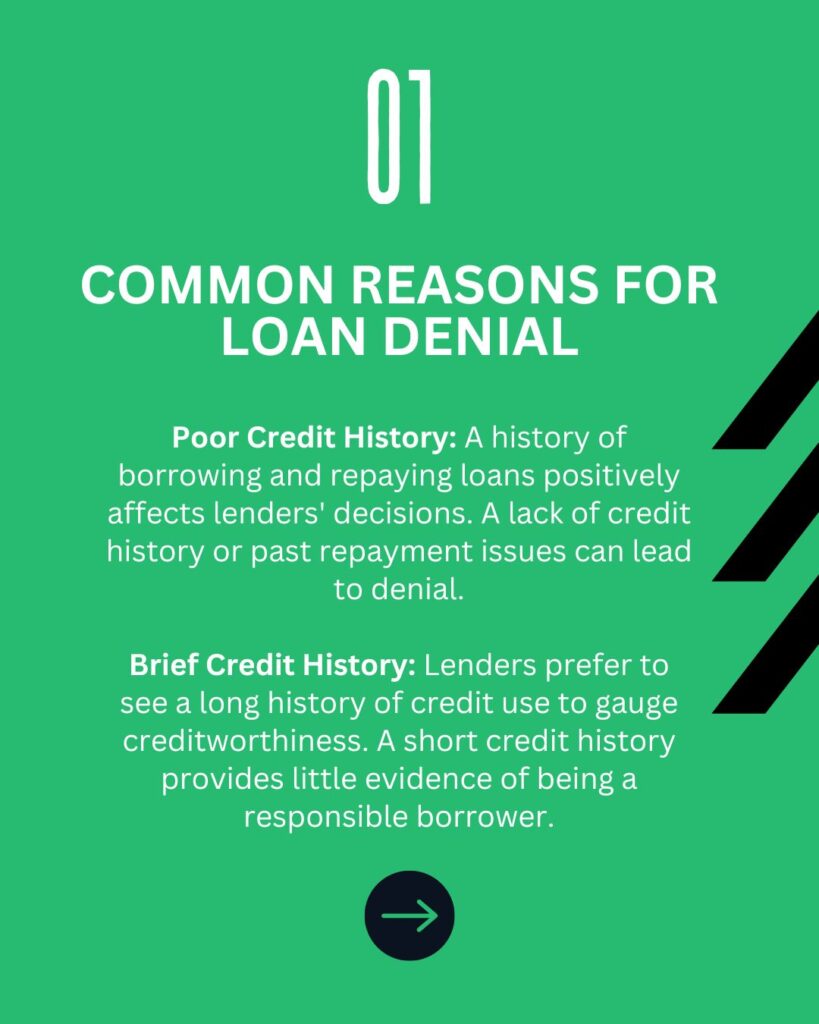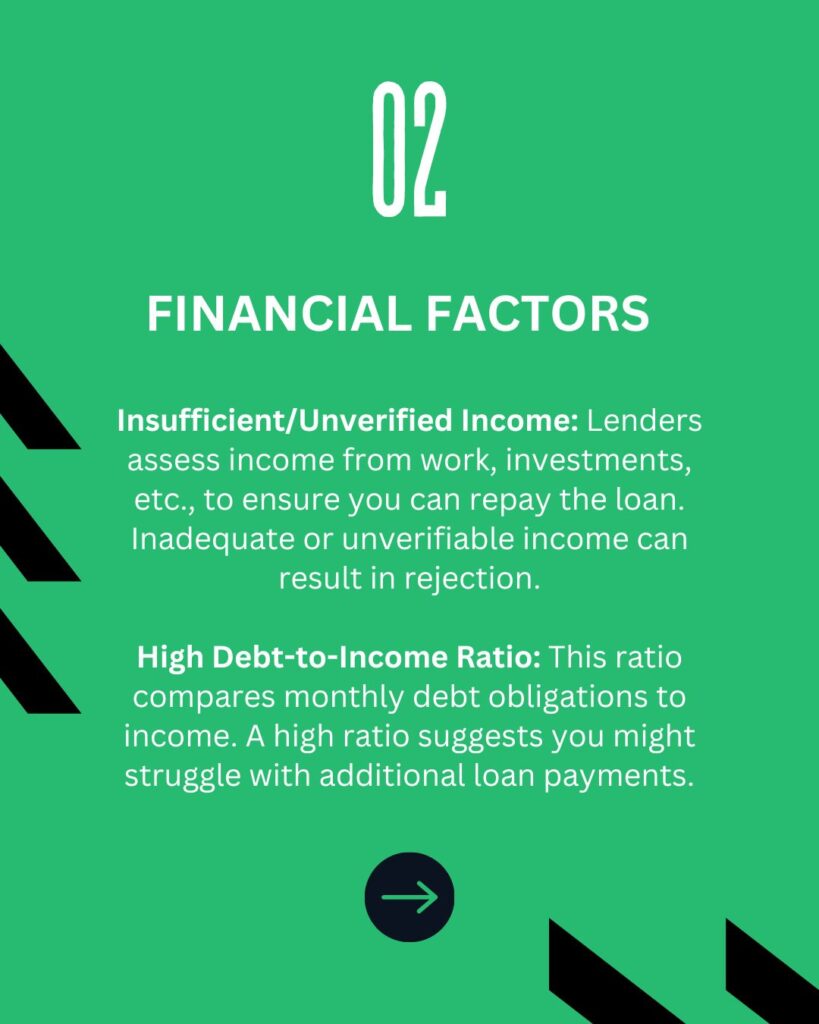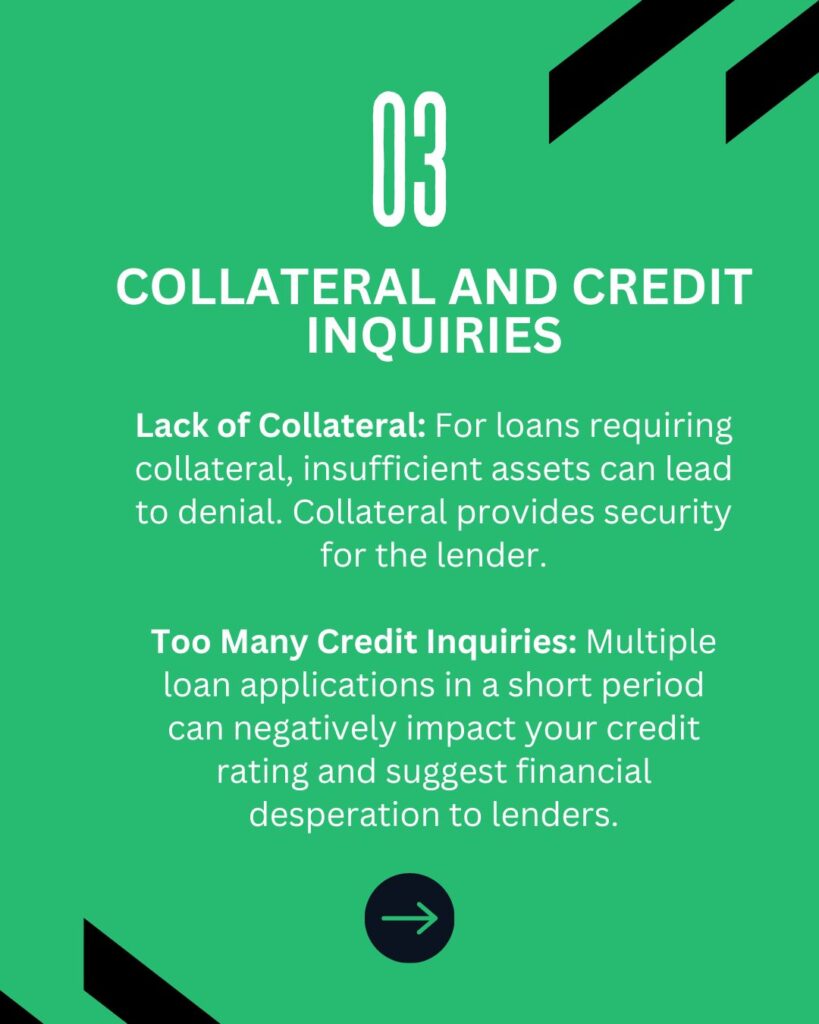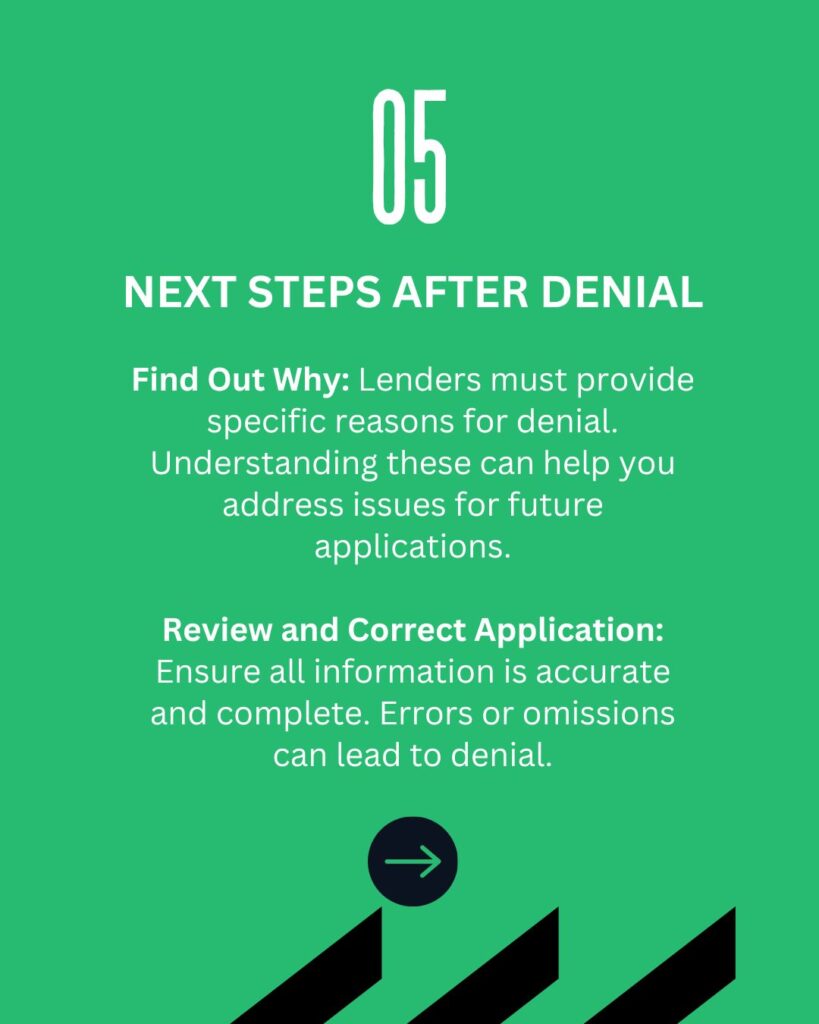Veterinarians, very much like some other business, need monetary adaptability to develop and succeed. Vets looking for a way to control their cash flow and get paid on time may want to consider invoice financing. A solution for financing your business that involves a third party agreeing to purchase your invoices in exchange for a fee is called invoice financing. This gives you immediate access to funds that you can use to pay bills, invest in your business, or expand your practice. We will discuss the ins and outs of invoice financing, how it works, and how veterinarians can benefit from it in this post. This guide will help you understand all the important aspects of invoice financing and how you can use it to achieve financial flexibility for your veterinary practice, whether you are just starting out or have been in business for years.
What is invoice financing?
Invoice financing is a financial arrangement for businesses where they can use their unpaid invoices as collateral to secure a loan. It is also known as accounts receivable financing, invoice factoring, or invoice discounting. In this arrangement, the lender (also known as the factor) provides a loan to the business based on the value of their outstanding invoices. The business can receive immediate cash flow by selling their unpaid invoices to the lender at a discount. The lender then collects the payment from the customer when the invoices are due, and the business repays the lender the amount borrowed plus a fee.
Invoice financing is particularly beneficial for businesses that have a long payment cycle or have customers who take a long time to pay their invoices. It provides a quick and easy way to access cash flow and helps businesses meet their immediate financial obligations, such as payroll, rent, and supplier payments. Moreover, it also helps businesses focus on their core operations, such as sales and production, instead of chasing payments from their customers.
Invoice financing is a popular financing option for many industries, including healthcare, where medical practices, clinics, and hospitals often have to wait for insurance reimbursements. Additionally, invoice financing can be particularly useful for veterinarians who are looking for financial flexibility to manage their cash flow and grow their practice. By using invoice financing, vets can focus on providing quality care to their patients without worrying about their financial bottom line.
Click here to read our article: Raising Finance for a Veterinary Clinic
How invoice financing works for veterans
Invoice financing is an adaptable monetary answer for veterans who own a business and need income. It works by letting veterans sell unpaid bills to a financing company, which gives them a cash advance. This loan is normally up to 90% of the complete worth of the invoices, and the remaining balance is paid to the veteran once the client covers the receipt.
The ability for veterans to obtain the funds they require without having to wait for their customers to pay is invoice financing’s greatest advantage. Veterans who are experiencing payment delays or a prolonged payment cycle may benefit most from this. In addition, invoice financing is a good option for veterans with low credit scores because financing companies tend to focus more on customers’ creditworthiness than veterans’ own.
In general, veterans who require financial flexibility and are seeking a quick and simple solution to their cash flow issues may find that invoice financing is an advantageous option.
Benefits of invoice financing for veterans
Veterans who own small businesses may benefit greatly from invoice financing. By preventing them from having to wait for payment from their customers, it can assist them in overcoming cash flow issues. People who are just starting out or run seasonal businesses that face cash flow fluctuations may benefit most from this.
Financial flexibility is one of invoice financing’s main advantages for veterans. It permits them to approach finances that they can use to put resources into their organisations, pays their workers, buys a stock, or cover any unforeseen costs. This can assist them with developing their business and making the most of new open doors without stressing over income issues.
Invoice financing has the additional benefit of assisting in the management of cash flow. Veterans can better manage their finances and avoid missed opportunities by receiving payment in advance. This can likewise assist with building more grounded associations with clients, as an entrepreneur can satisfy their commitments on time and make a positive standing in their industry.
In general, veterans who own small businesses may find invoice financing to be a useful financial instrument. They get the flexibility and control over the cash flow they need to expand and succeed in their industry from it.
Eligibility requirements for invoice financing
Invoice financing is a great option for small businesses, including veterinary practices, to get quick access to cash flow. However, there are certain eligibility requirements that must be met before applying for invoice financing.
Firstly, you need to have a business-to-business (B2B) model. This means that your veterinary practice should be dealing with other businesses instead of individual customers. As invoice financing is based on the invoices you issue to your clients, it is necessary for your clients to be other businesses.
Secondly, your veterinary practice must have a track record of invoicing and generating revenue for at least six months. This is important as invoice financing companies rely on your past invoicing history to determine your eligibility for financing.
Thirdly, your veterinary practice must have invoices that are due within 90 days. Invoice financing companies generally do not finance invoices that have a due date beyond 90 days.
Lastly, your veterinary practice must be free from any legal or tax issues. Invoice financing companies will conduct a background check on your business before approving your application.
In conclusion, eligibility requirements for invoice financing are straightforward and can be easily met by small businesses, including veterinary practices, that have a B2B model and a track record of generating revenue through invoicing.
Click here to read our article: 5 Reasons Why You Should Outsource your Veterinary Practice’s Accounts
Documents required for invoice financing
Lenders may require a number of documents from applicants seeking invoice financing. Because they assist the lender in determining the applicant’s risk and eligibility, these documents are essential to the invoice financing procedure.
Some of the documents that might be needed are as follows:
1. Invoices: The primary document upon which invoice financing is based is this. Moneylenders will require a duplicate of the receipt to check the sum and terms of installment.
2. Evidence of delivery: This document demonstrates that the customer received the goods or services. It could be a courier receipt or a signed delivery note.
3. Order for purchase: The customer’s order for the goods or services is shown on this document. It is significant because it demonstrates the customer’s acceptance of the sale’s terms and conditions.
4. Check of credit: Moneylenders might require a credit mind the client to survey their financial soundness and capacity to pay.
5. Expenses of the company: To assess the business’s financial health, lenders may require financial statements like balance sheets, profit and loss statements, and cash flow statements.
6. Documents needed to register a company: A certificate of incorporation or business license may be required by lenders as evidence of a company’s registration.
Giving these records in an ideal and precise way can assist with accelerating the invoice financing process and improve the probability of endorsement. It’s critical to work with a lender whose requirements are clear and who can walk you through the application process.

How to choose an invoice financing company
There are a few things to think about when selecting an invoice financing company. One of the most significant is the charge structure. You should check the company’s fees to make sure they are reasonable and that you know exactly what you will be paying for them.
Another significant component is the degree of client support given by the organisation. You want to go with a company that is easy to work with and responsive to your needs. Find a business with a dedicated account manager who will serve as your primary point of contact.
Taking into account the particulars of the supporting agreement is additionally significant. Ensure you comprehend the reimbursement plan and any punishments for late instalments. Additionally, you should inquire about any financing restrictions or limitations, such as a maximum or minimum amount that can be financed.
Last but not least, you should investigate the invoice financing companies you are considering and read customer feedback. Search for organisations that have a decent standing and positive surveys from different organisations in your industry.
You can choose an invoice financing company that meets your needs and gives you the financial flexibility you need to grow your veterinary practice by taking these factors into consideration.
Tips for using invoice financing wisely
Invoice financing is an incredible method for getting a money infusion into your business without hanging tight for installment from your clients. However, as with any form of financing, prudent use is essential.
To help you get the most out of your invoice financing, here are some pointers:
- Before submitting an application, ensure that you are aware of the invoice financing’s terms and conditions. Check that the terms are favourable to your company and that you are aware of what you are getting into.
- Only use invoice financing when absolutely necessary. Try not to depend on it for ordinary costs, as it can turn into an expensive propensity.
- Ensure your clients are financially sound before you consent to receive funding. You will be responsible for repaying the money you borrowed if your client does not pay.
- Compare rates and terms of various invoice financing options. Do not select the first business that comes to mind.
- Keep your invoices up to date and accurate. This will assist with guaranteeing that your receipt funding application is endorsed rapidly and that you get the cash you really want when you really want it.
You can use invoice financing to your advantage and support your business’s growth and success if you follow these recommendations.
We hope that veterinarians looking for financial flexibility will find this comprehensive guide to invoice financing helpful. We are aware that financial management can be difficult, particularly for those working in the veterinary industry. We hope that this guide has given you a clear understanding of how invoice financing works and how it can benefit your business. Please don’t hesitate to contact us if you have any additional inquiries. I wish you and your veterinary practice every success!
Click here to read our article on how finance a healthcare business.
Frequently Asked Questions Invoice Financing for Vets
What is invoice financing?
Invoice financing is a financing solution that allows business owners to sell their outstanding invoices to a factoring company in exchange for immediate cash.
How does invoice financing work?
After a business owner sells their outstanding invoices to a factoring company, they receive an advance payment for a percentage of the total invoice amount. The factoring company then takes over collecting payment from the customer.
Is invoice financing only for large businesses?
No, invoice financing is a solution for businesses of all sizes, including small businesses and startups.
Do I need good credit to qualify for invoice financing?
No, invoice financing is based on the creditworthiness of your customers, not your own personal credit score.
How long does it take to get funding through invoice financing?
Invoice financing is a quick and easy financing solution. Once you submit your invoices, you can receive funding in as little as 24 hours.
What are the fees associated with invoice financing?
The fees associated with invoice financing vary depending on the factoring company and the terms of your agreement. However, most factoring companies charge a small percentage of the total invoice amount as a fee.
Can I choose which invoices to finance?
Yes, you can choose which invoices to finance. This allows you to maintain control over your cash flow and only finance the invoices that you need to.
Will my customers know that I am using invoice financing?
No, your customers will not know that you are using invoice financing. The factoring company will handle all communication and collection efforts on your behalf.
Learn more: Related Articles
About the Author

Neha Jain
Neha Jain is a skilled content writer with a rich background in business and financial knowledge. With a bachelor’s degree in English Literature and Psychology, Neha has honed her writing skills, furthering her expertise with the Content Writing Master Course (CWMC) at IIM SKILLS and a Content Marketing Certification from HubSpot Academy.
Working alongside our business development experts, Neha specialises in helping accountants, dentists and other healthcare professionals start, scale and sell their businesses.
Reviewed By:
Business Loans for Healthcare Businesses
We’ve been helping to fund the future of British healthcare businesses for over 20 years and our team are made up of former bankers with decades of experience in the UK’s healthcare lending sector.
You can find out more about working with Samera and the financial services we offer by booking a free consultation with one of the Samera team at a time that suits you (including evenings) or by reading more about our financial services at the links below.
For more information on raising finance for your healthcare business, including more articles, videos and webinars check out our Learning Centre here, full of articles and webinars like our How to Guide on Financing a Dental Practice.
Make sure you never miss any of our articles, webinars, videos or events by following us on Facebook, LinkedIn, YouTube and Instagram.






